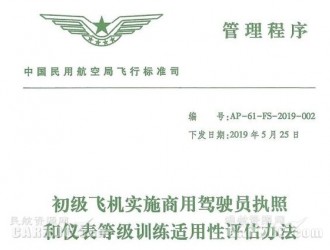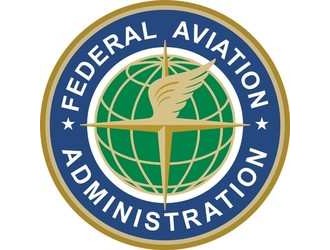A Fact Sheet released recently by the FAA lists several National Transportation Safety Board safety recommendations, followed by the FAA actions being taken or considered. Of note is the record showing that NTSB and FAA “agree on a course of action about 80 percent of the time.”

Here are some interesting points in the FAA/NTSB safety recommendation fact sheet. For additional reading, the full fact sheet is available here.
While FAA agrees a majority of the time with NTSB’s safety recommendations, one clear example of a difference of opinion is in regards to NTSB recommendations A-13-12 and A-13-13, the required installation of crash-resistant flight recorder systems on new or existing turbine-powered, non-experimental, non-restricted-category aircraft that are not equipped with a flight data recorder and a cockpit voice recorder and are operating under Parts 91, 121, or 135.
“The crash-resistant flight recorder system should record cockpit audio and images with a view of the cockpit environment to include as much of the outside view as possible,” the NTSB recommended on the fact sheet. However, the document stated that the FAA is not considering rulemaking at this time for these recommendations, saying, “The FAA will examine possible ways of polling operators through their aviation safety inspectors to identify voluntary flight data monitoring (FDM) system equipage rates.”
NTSB’s recommendation A-16-36 states that all Part 135 operators should be required to establish safety management system (SMS) programs, an extension of a January 2015 FAA rule that required Part 121 certificate holders to have an SMS in place. The fact sheet stated that “FAA would like to highlight that while SMS is not currently required for Part 135 operators, the FAA has a formal SMS voluntary program in which Part 135 operators may participate. The FAA will conduct a review and hold meetings to determine the feasibility of recommending SMS for Part 135 certificate holders and determine if further action is needed.”
In an effort to reduce fatigue-related accidents, NTSB recommendations A-94-194/A-95-113/A-14-72 aims to set working hour limits for flight crews, aviation mechanics, and air traffic controllers based on fatigue research, circadian rhythms, and sleep and rest requirements, and requires that aviation safety inspectors brief the threat of fatigue before each departure. “The FAA will publish an Advance Notice of Proposed Rulemaking (NPRM) addressing Part 91 tail-end ferry operations for Part 135 operators and an NPRM to extend Part 121 flight, duty, and rest limits to tail-end ferry flights that follow an all-cargo flight,” the fact sheet explained.
In addition, the FAA is updating FAA Order 8900.1 and Advisory Circular (AC) 120-72, Maintenance Human Factors Training, to address NTSB recommendation A-13-3 requiring that personnel performing maintenance or inspections under Parts 121, 135, 145, and 91 Subpart K receive initial and recurrent training on human factors affecting maintenance that includes a review of the causes of human error, including fatigue, its effects on performance, and actions individuals can take to prevent the development of fatigue.





